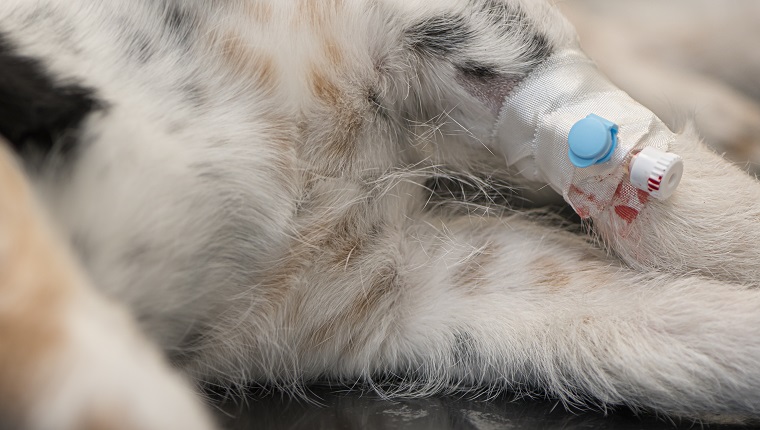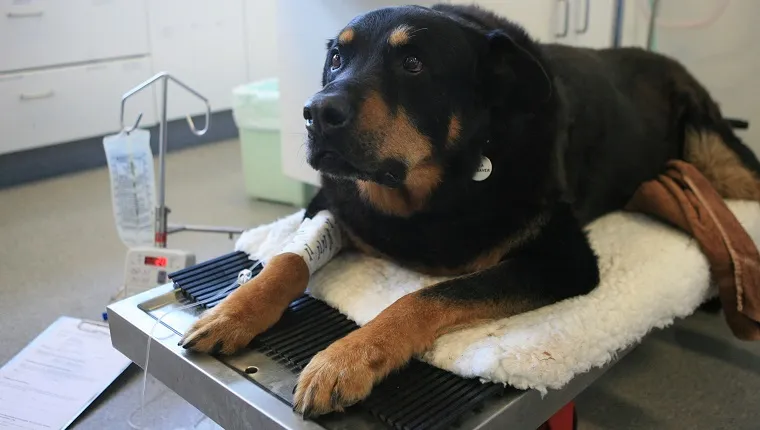Blood transfusion reactions in dogs occur when a dog experiences negative side effects following a blood transfusion. It is estimated that between 5 and 25 percent of dogs are likely to have some sort of reaction to a blood transfusion.
Symptoms can present themselves almost immediately after the procedure or a few days later. In general, purebred dogs have a higher risk of a bad reaction.
If you see signs that your dog might be suffering from bad reaction after having a blood transfusion, then you must consult your veterinarian for a proper diagnosis and course of treatment. Here’s what you should know about the symptoms, causes, and treatments of blood transfusion reactions in dogs.
Symptoms Of Blood Transfusion Reactions In Dogs
Blood transfusion reactions in dogs can bring about a range of symptoms, with some of the most general symptoms including:
- Fever
- Diarrhea
- Increased heart rate and breathing
- Gums turning pale or yellow
- Allergic reactions (including skin inflammation, hives and itching)
- Vomiting
Causes Of Blood Transfusion Reactions In Dogs

Blood transfusion reactions in dogs can result from a range of issues. Some of the most common causes include:
- Using contaminated blood
- Mismatched blood type
- Transfusion carried out too quickly
- Improper storing of blood
Veterinary Treatments
If your dog experiences a blood transfusion reaction, your vet will want to treat the immediate clinical symptoms. They can use blood and urine tests to help figure out the cause of any reactions and look for signs of any bacteria in the blood of the donor.
Supportive care is key to treatment. This usually happens through the administration of intravenous fluids.
Vets also often prescribe a suitable course of medication. As ever, if your vet prescribes your dog any medicine, it is vital that you stick to the precise dosage and frequency instructions, along with completing the full course of medication.
In general, the chances of bad reactions can be lessened by carrying out thorough tests before any procedure takes place. This is to ensure that the donor’s blood is a correct and safe match for your dog.
Has your dog ever had a bad reaction to a blood transfusion? How did your vet help your dog recover? Tell us all about it in the comments below.









